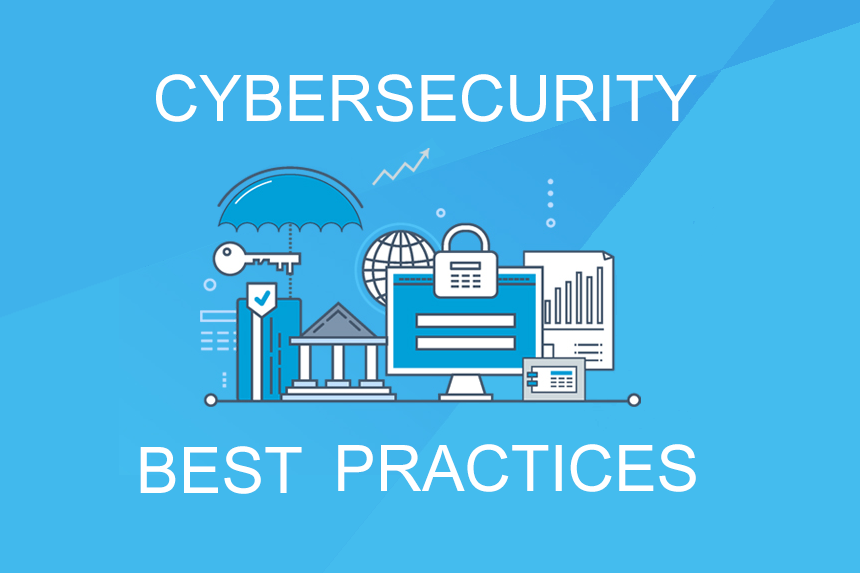In today’s digital age, ensuring the security of your business’s data and systems is of utmost importance. Cybersecurity threats are constantly evolving, and businesses must stay vigilant to protect themselves from potential breaches. Implementing the following best practices can help safeguard your business’s sensitive information and maintain customer trust:
1. Implement a Strong Firewall
A firewall acts as a barrier between your internal network and the external world, protecting your systems from unauthorized access. It filters incoming and outgoing network traffic based on predefined security rules. Consider using a next-generation firewall that provides advanced threat detection and prevention capabilities.
2. Regularly Update Software and Systems
Outdated software and systems are often vulnerable to cyberattacks. Hackers constantly exploit vulnerabilities in popular software applications, so it is crucial to keep all your business’s software and operating systems up to date. Enable automatic updates whenever possible to ensure you have the latest security patches.
3. Use Strong and Unique Passwords
Weak passwords are an open invitation to hackers. Encourage your employees to use strong passwords that include a combination of uppercase and lowercase letters, numbers, and special characters. Additionally, each online account should have a unique password to minimize the impact of a potential breach. Implementing a password management tool can also assist in generating and securely storing passwords.
4. Provide Cybersecurity Training to Employees
Humans are often the weakest link in cybersecurity, so it is essential to educate your employees about best practices and potential threats. Conduct regular training sessions that cover topics such as identifying phishing emails, recognizing social engineering tactics, and practicing safe browsing habits. Training employees to be vigilant can significantly reduce the risk of successful cyberattacks.
5. Encrypt Sensitive Data
Data encryption is a vital practice to protect sensitive information from unauthorized access. Encrypting data at rest, in transit, and on portable devices ensures that even if it falls into the wrong hands, it remains unreadable. Consider utilizing industry-standard encryption algorithms and implementing secure protocols for data transmission, such as SSL/TLS.
6. Regularly Back up Data
Performing regular data backups is crucial to minimize the impact of a potential breach or system failure. Store backups both locally and in a secure, offsite location. Test the restoration process periodically to ensure the backups are valid and can be relied upon when needed.
7. Enable Multi-Factor Authentication
Multi-factor authentication (MFA) provides an additional layer of security beyond passwords. By requiring users to verify their identity in multiple ways, such as through a one-time code sent to their phone, you greatly reduce the risk of unauthorized access. Enable MFA for all critical systems, applications, and user accounts.
8. Regularly Monitor and Analyze Network Traffic
Implement a robust network monitoring system to constantly track and analyze your network traffic. This allows you to detect any abnormal behavior or indicators of compromise. Intrusion detection and prevention systems can help identify and block potential threats before they can infiltrate your network.
9. Conduct Regular Vulnerability Assessments
Regular vulnerability assessments help identify weaknesses in your network and systems, allowing you to address them before they are exploited. Have a qualified cybersecurity professional perform comprehensive assessments to identify vulnerabilities, missing patches, and other potential security gaps.
10. Develop an Incident Response Plan
Despite your best efforts, there is always a chance of a cybersecurity incident occurring. Having a well-defined incident response plan in place minimizes potential damages and allows for a swift and organized response. Ensure all employees are aware of their roles and responsibilities during an incident, and regularly test and update the plan as needed.
Conclusion
Cybersecurity has become a critical concern for businesses of all sizes. By implementing these best practices and exercising constant vigilance, you can strengthen your business’s defenses against potential cyber threats. Remember, cybersecurity is an ongoing process, and staying up to date with the latest trends and developments is crucial to protect your business’s valuable assets.


